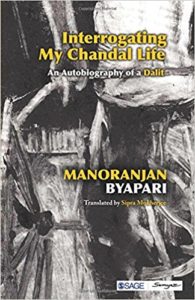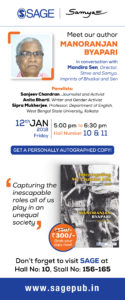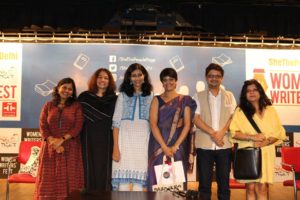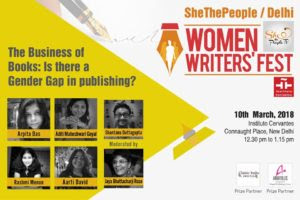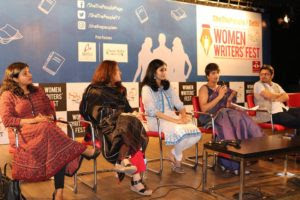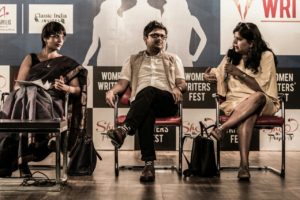An extract from Manoranjan Byapari’s memoir: “Making a bomb”
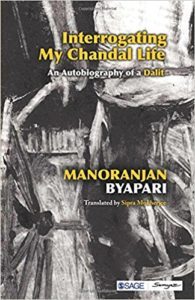 Interrogating My Chandal Life: An Autobiography of a Dalit by Manoranjan Byapari is about the author documenting his life from life in East Pakistan to moving to India. When he arrived in India with his family he lived in Shiromanipur refugee camp. They try and make a life for themselves in Bengal but they lived in abject poverty and unable to feed themselves regularly. They were also at a social disadvantage for being Dalits. To escape these straitened circumstances Manoranjan Byapari ran away from home as a teenager in search of work. He got caught in the 1970s Naxalite movement in Calcutta. He was imprisoned. It was while in prison as a twenty four year old that he learned to how to read and write.
Interrogating My Chandal Life: An Autobiography of a Dalit by Manoranjan Byapari is about the author documenting his life from life in East Pakistan to moving to India. When he arrived in India with his family he lived in Shiromanipur refugee camp. They try and make a life for themselves in Bengal but they lived in abject poverty and unable to feed themselves regularly. They were also at a social disadvantage for being Dalits. To escape these straitened circumstances Manoranjan Byapari ran away from home as a teenager in search of work. He got caught in the 1970s Naxalite movement in Calcutta. He was imprisoned. It was while in prison as a twenty four year old that he learned to how to read and write.
Here is an extract from the book describing the time he made a bomb. This is being published with the permission of the publishers.
*********
Next morning, after our breakfast of parched rice, onions and chillies, Ahbali looked at me and said, ‘It’s your responsibility now. The powder is ready for the bombs. Tie up as many as you can.’
I stared at Ahbali in amazement. How had he known that I could tie bombs? Had I told Meghnad at some time? And then he had told Ahbali? I looked at the raw materials brought in and, making a quick calculation, I said, ‘This should make about twenty, I think. But how will I make so many alone?’
‘There is nobody else here who can do this,’ he said in a pleading voice. ‘You must try and do it. This is a job that will need bombs. We could have two thousand flies buzzing around us. The sound of the bombs will help to keep them away.’
I said, ‘But you told me the man was a scoundrel. Why should others come to help him?’
‘He is a scoundrel,’ replied Ahbali. ‘And they will not come to help. But we have seen, the richer the person, the more powerful the person, the more the people who surround them. Once we reach there, though, all of these people will vanish. They will stand at a distance and shout. At the most they will throw a few stones. We have seen this time and again. But it will not do to be too confident and go unprepared. We have to be careful. I have brought about fifty cartridges. With these twenty bombs, we can handle five thousand people.’ He paused for some time and said, ‘I have made a recce of the place. If we can just collect the jewellery worn by the women, it will add up to about a kilo.’
Bhuto’s sister had prepared the powder and Bhuto had sieved it through a piece torn from a mosquito net. Bhuto’s wife had neatly laid out a seat for me in a corner of the stable. Not just Bhuto’s family, but the whole village was now pushing towards a single yearned for goal. They had just had dedicated their minds, their hearts, their bodies to a dream. None of them knew anything about politics. Political philosophy and political theory about villages surrounding the city and the need to destroy class enemies were unknown to them. But they did know that they wanted to kill those who had stripped their women and brutalized them. In some sense, their desire appeared to me to be similar to that of the Naxals.
No hesitation or indecision clouded my mind any longer. If it were a sin to help so many people concretize their dream of revenge, so be it. I was willing to commit this sin again and again. I sat down to the job with a crowd of villagers standing or perched on the haystack as my audience, mixing the seemingly harmless reddish and white powders to construct a deadly instrument, one that when hurled at the enemy, would tear their bodies apart with a thunderous sound. In a large enamelled plate, I mixed the powders together with shards of glass, tiny sticks from fishing nets and iron ball bearings. As they watched me at my job, I could sense their intoxication mounting. Will kill them all. They have a lot to answer for. All I had taken was a bunch of bananas, and they beat me for a whole day. And then threw me in jail. I rotted there for two years. My wife ran away unable to bear the hunger. Will get them now.
Livid with anger, he struck a match to light a bidi. He did not get to the bidi. A spark flew onto the plate before me. There was an ear-splitting sound, and a huge ball of fire went up in billowing white smoke. The thatched roof of the stable was engulfed in blazing flames and splinters flew. Some who had been sitting on the haystack watching me were hurt. Their hurt was slight but people panicked and tried to rush out. The bomb that I had been holding in my hand fell to the ground and exploded. If the seven prepared bombs lined up at a distance caught fire, the blast would destroy all. There was complete pandemonium.
I managed to run out with difficulty and collapsed outside the stable. My right side which had been near the plate was charred. Burnt skin hung from my face and my hands and, peeping through the burnt skin, white as egg in colour, was my flesh. The acrid smell of burnt gunpowder hit my nostrils.
Hearing the sound of the explosion and the shouts, Bhuto, Meghnad and Ahbali rushed out of the house. I was thrashing about on the ground, screaming in pain. But they had no time to tend to me right then. They rushed for water with whatever they could lay their hands on. Thankfully, the pond was right next to the stable. The fire was controlled before it spread any further. They picked me up then and lay me on a mat inside the house. Someone shouted for alcohol to be brought. They held it to my lips, ‘Drink. The pain will subside.’ I gulped down a large mugful of country liquor. The pain did subside, for within ten minutes, I lost consciousness.
Manoranjan Byapari Interrogating My Chandal Life: An Autobiography of a Dalit (Translated by Sipra Mukherjee) SAGE Samya, New Delhi, 2018. Pb. pp. Rs 550

